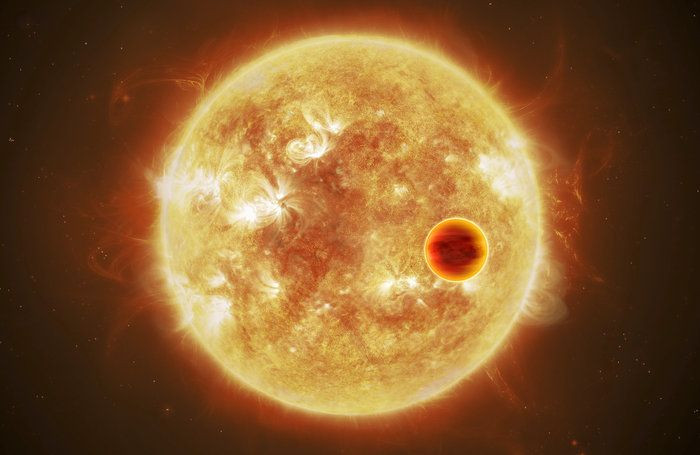ESA’s Alien Planet-Hunting Probe Ariel Will Map Out Over 1,000 Planetary Systems

The European Space Agency (ESA) is all set to begin preparations for its newest mission — an exoplanet hunter that will be designed to map out over 1,000 planetary systems beyond the solar system. The Atmospheric Remote-sensing Infrared Exoplanet Large-survey (Ariel) is expected to be launched in 2028 and will be the first ever space telescope to focus on studying the atmospheres of exoplanets.
At present, exoplanet probes focus on identifying new planets, measuring their masses, orbits and sizes. However, Ariel will address fundamental issues about the origins and make-up of exoplanets, such as how planetary systems are formed and how they evolve. According to the ESA, Ariel will analyze the atmospheres of hundreds of exoplanets orbiting various types of stars, providing scientists with a diverse set of data to study.
“Ariel is a logical next step in exoplanet science, allowing us to progress on key science questions regarding their formation and evolution, while also helping us to understand Earth’s place in the Universe,” Günther Hasinger, ESA Director of Science, said in a statement.
“ARIEL can really give us a full picture of what exoplanets are made of, how they form and how they evolve,” said Giovanna Tinetti, a planetary scientist at University College London (UCL) and principal investigator for the mission, Nature.com reported.
The ESA reportedly has a budget of around $550 million to build Ariel. The probe will reportedly include a spectrograph instrument, which will analyze the light that filters through a planet’s atmosphere, which, in turn, can reveal the chemical markers of the atmospheric gases that envelop the planet. The instrument will also attempt to refine the measurements of a planet’s temperature, as well as measure its radiation levels, by figuring out how light from the host star changes as a planet orbits around it.
According to the report by Nature.com, ESA’s medium-class missions like Ariel, generally have budgets of around $670 million. However, current exceeding costs in ESA’s budget means Ariel will likely have to be built with a budget that’s around $120 million less than previous medium-class missions.

However, Ariel is not the only exoplanet-focused mission in the making. NASA’s planet-hunter, The Transiting Exoplanet Survey Satellite (TESS), as well as the ESA’s Characterizing Exoplanet Satellite mission are both reportedly scheduled to launch later this year. NASA’s highly anticipated James Webb Telescope, which will also be capable of studying exoplanets’ atmospheres is also expected to be launched in 2019.
However, unlike the James Webb Telescope, which is a general-purpose instrument and will be used by scientists to conduct various kinds of studies, Ariel will focus solely on studying the atmospheres of exoplanets. According to Tinetti, with a viewpoint between the Earth and the sun, Ariel will be able to scour immensely vast stretches of space and observe a wider range of wavelengths than is visible from Earth, Nature reported.
“Ariel will allow European scientists to maintain competitiveness in this dynamic field. It will build on the experiences and knowledge gained from previous exoplanet missions,” Hasinger said.
© Copyright IBTimes 2024. All rights reserved.





















